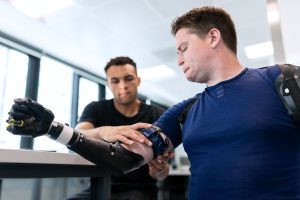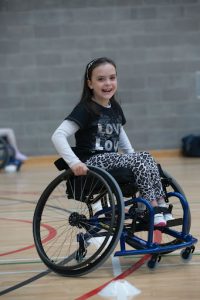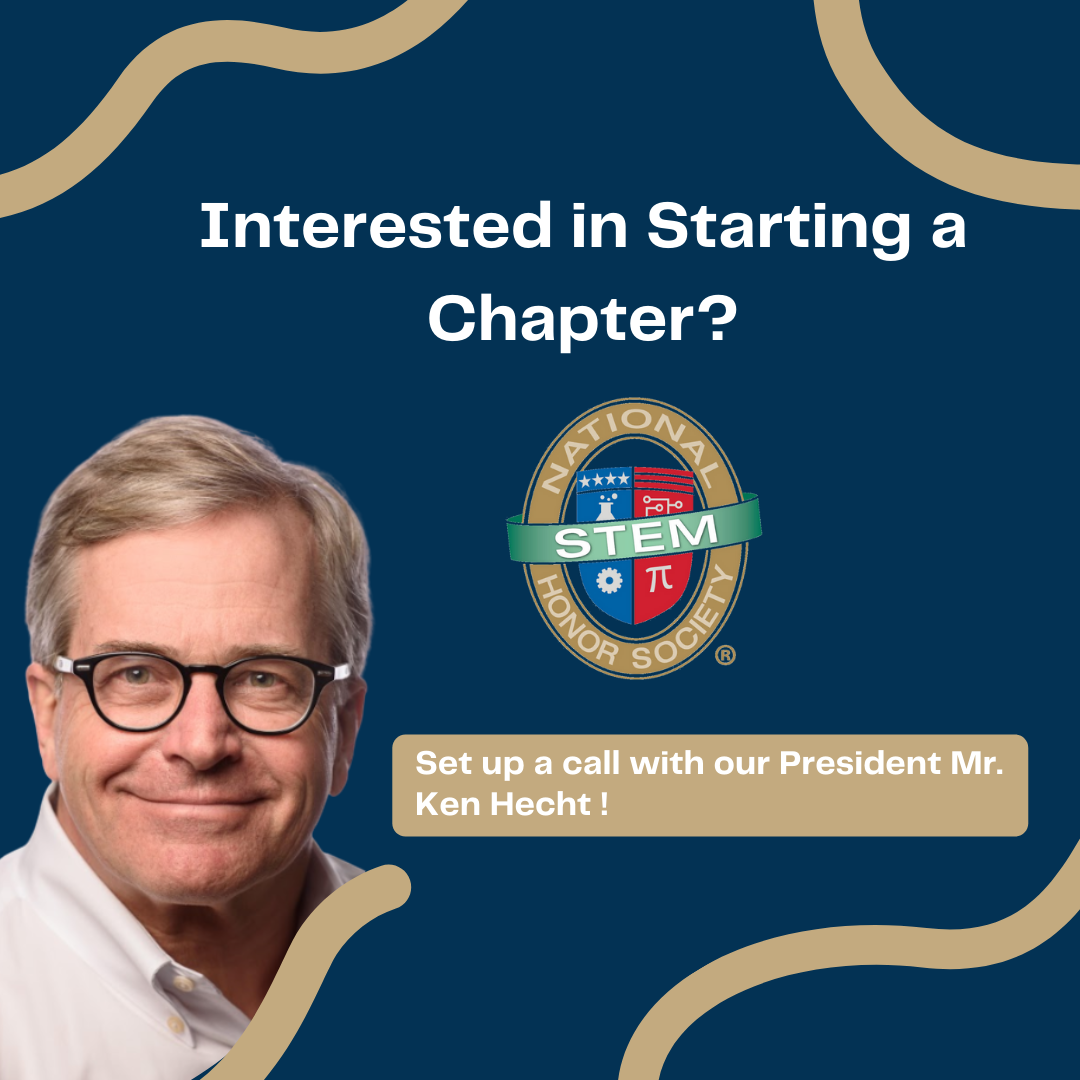Those with disabilities may often feel excluded or unwelcome in certain spaces. In a field like STEM where differences are extremely beneficial, disabilities should not be an impediment to excelling in a STEM career or classroom. With that being said, some environments are more inclusive than others, and it is critical as an educator or student to assure that those around you feel (and are) appreciated and celebrated. Read on to learn ways you can be supportive of all your STEM students.
Give Students Access to Resources Specifically Geared Towards Those with Disabilities
Being surrounded by people who think or act differently than you can be a challenge. When we see role models that resemble ourselves, we feel like we belong. By providing students access to resources or organizations that honor and understand them, you are helping to wash away some of the stigma that can come along with having a disability. The organizations, groups, and resources that are listed at this link may afford your pupil the opportunity to meet other students like them who share the same passions. Another spectacular webpage is Mount Sinai’s librarian-curated list of resources for diversity initiatives in STEM fields. Be sure to draw attention to scholarships and job opportunities that specifically pertain to your student’s interests and disability.

Highlight Successful STEM Trailblazers with Disabilities
Although some view disabilities as a serious impediment to success, many STEM leaders have completely debunked the myth that disabilities define you. Specific STEM figures with disabilities include Stephen Hawking, John Forbes Nash Jr., Temple Grandin, Albert Einstein, Thomas Edison, and Leonardo Da Vinci. Additionally, there are several lesser-known, present-day members of the field that are impacted by various disabilities. These current STEM leaders include: astronomer Wanda Diaz Merced, deaf and hard-of-hearing advocate Caroline Solomon, and mathematician Vernon Smith. When students feel they can identify with STEM leaders, they are more likely to harness the confidence needed to achieve their goals. Therefore, be mindful about your curriculum and the STEM individuals you highlight. Ideally, all your students should see a bit of themselves represented in their coursework.

Accommodate Students with Disabilities
The vast majority of the world was designed with non-disabled folks in mind. Take a hard look at your classroom and practices and think critically about whether or not there may be major obstacles to those with disabilities. Is your room wheelchair accessible? Do students with difficulty seeing have the ability to reserve a seat at the front of the classroom? Do you allow for students with testing accommodations to easily use them? Small adjustments and actions can go a long way. Remember what you and many of your students take for granted and be sure to eliminate as many barriers as possible in order to promote effective and enjoyable learning.

Check In with Your Students
The best way to assess how accessible and friendly your classroom is to those with disabilities is to ask the students themselves. Have an open line of communication with your students so that you can assure their needs are being met and that you are doing everything you can to aid them in their learning. Many students are nervous to come to their teachers with their troubles or suggestions, so make it abundantly clear that you will do everything you can to help.
When in doubt, be empathetic. Attempt to imagine what it would feel like to live with a disability every day. Ask yourself what you would wish others did to help, and try to carry out those actions. Remember to always be patient, supportive, and understanding.
Written by: Lucy Reid
